ADA Title II Law & Guidelines for Public Entities
Americans with Disabilities Act (ADA) Title II requires state and local governments to ensure their websites and digital tools are accessible to people with disabilities. Under Title II of the ADA law, public entities must follow clear accessibility standards to provide equal access online.
What Is ADA Title II?

ADA Title II is a U.S. civil rights law that requires state and local governments to make their services, programs, and digital content accessible to people with disabilities. It’s part of the broader Americans with Disabilities Act and focuses on ensuring equal access, both online and offline, for the public sector.
It applies to things like:
- Government websites and mobile apps
- Online public services (like bill pay or service requests)
- Public school and university platforms
- Transit agency tools and kiosks
- Public health systems and hospital portals
Title II sets a nationwide standard for accessibility, helping agencies remove barriers, serve their communities better, and reduce legal risk.
ADA Title II Overview
Who Needs to Comply?
If you’re a U.S. state or local government—or building a website for one—ADA Title II likely applies to you. That includes:
- Public agencies and municipalities
- Public schools, colleges, and universities
- Vendors and contractors building digital tools for public entities
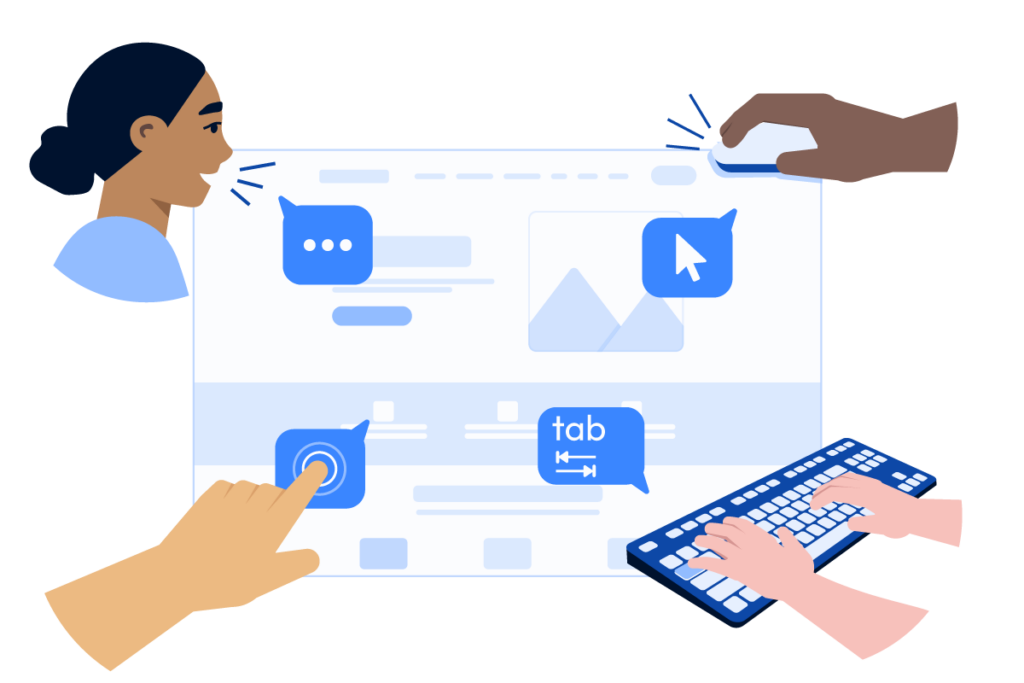
Why ADA Title II Compliance Matters
- Legal risk: Noncompliance can lead to Department of Justice investigations, private lawsuits, and court-ordered fixes.
- Even without direct fines under Title II, violations can result in expensive settlements, mandatory audits, and potential loss of federal funding if Section 504 applies.
- Public trust: Accessible digital services show that your agency prioritizes equity, inclusion, and transparency.
- Community reach: Compliance ensures your services are usable by millions of Americans with disabilities, expanding your reach and avoiding unintentional exclusion.
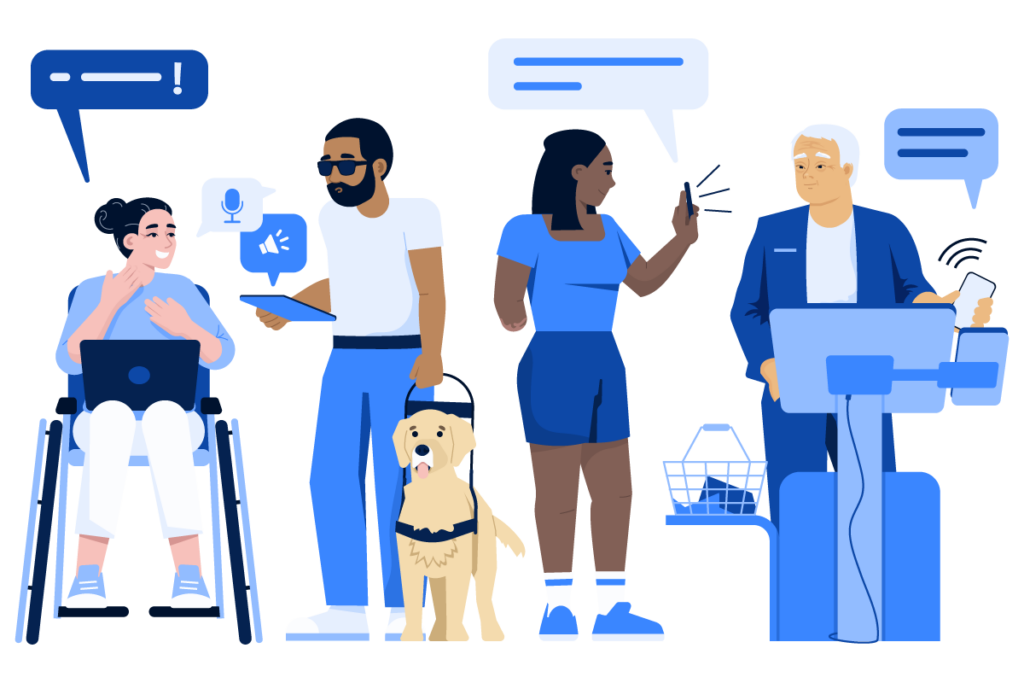
What You Need to Do
To meet ADA Title II digital accessibility requirements, websites and mobile apps must comply with WCAG 2.1 Level A & AA. This also includes anything provided directly or through third parties (like vendors or contractors).
To comply, you must:
Audit your digital products (websites, apps, etc.)
Fix accessibility barriers based on WCAG guidelines
And, in addition, it’s worth considering:
Maintaining ongoing accessibility practices
Documenting your accessibility efforts and be able to show progress over time
Meeting technical standards is important, but it’s not enough on its own. Compliance also means proving you’re actively working to make your products usable and inclusive.
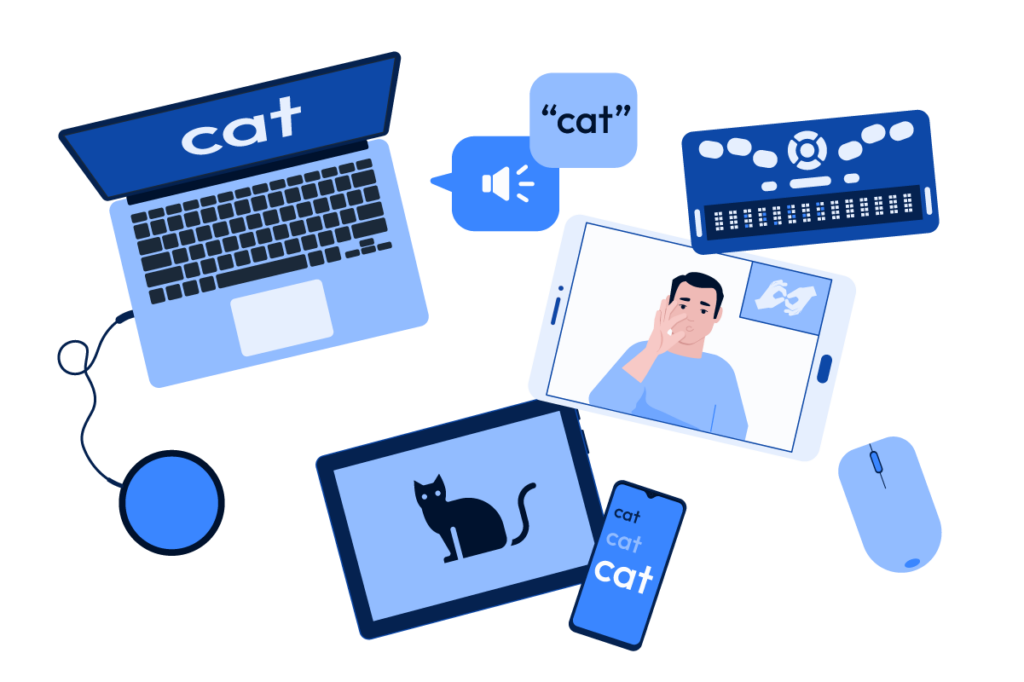
Resources for Public Sector Compliance
ADA Title II now requires public entities to meet WCAG 2.1 Level A and AA for web content and mobile apps. While Title II used to be more flexible, the new rule sets a clear technical standard that applies across all digital content—including websites, PDFs, mobile apps, and anything provided through vendors or contractors.
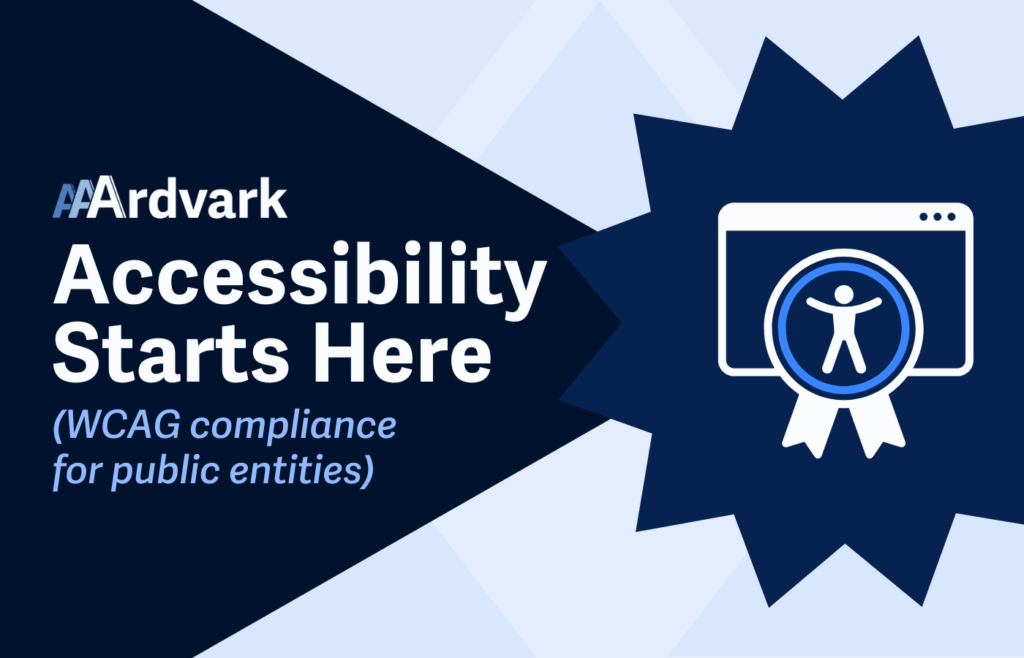
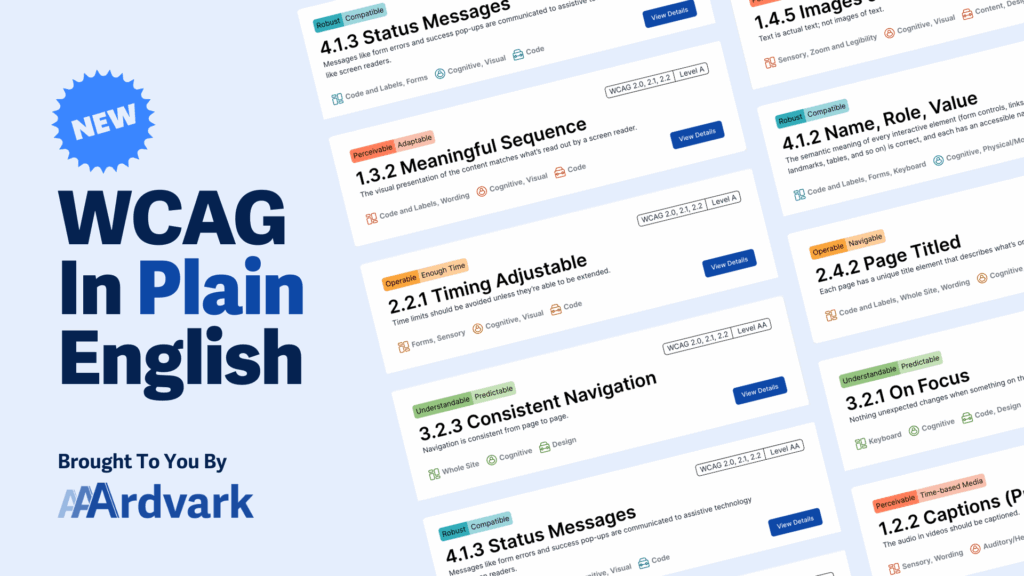
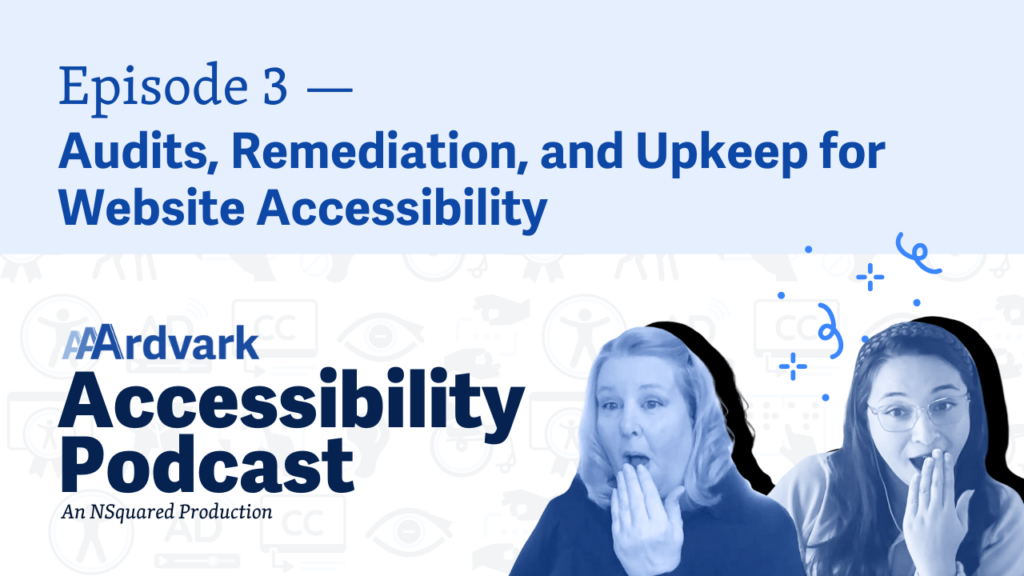
Frequently Asked Questions
-
What’s the deadline to comply with the new ADA Title II rule?
The new ADA Title II web and mobile accessibility rule is a 2024 update from the U.S. Department of Justice that clarifies and strengthens digital accessibility requirements for public entities where they must meet WCAG 2.1 Level A and AA standards on websites, mobile apps, and all digital content.
Deadlines to comply include:
- April 24, 2026 – For public entities with a total population of 50,000 or more (excluding special district governments)
- April 26, 2027 – For public entities with less than 50,000 people or special district governments
A special district government is a type of local government created to perform a specific function or set of functions—like water supply, public transportation, fire protection, or parks—outside the structure of a city or county.
-
What standards should we follow for digital compliance?
WCAG 2.1 AA is now the official standard for ADA Title II digital accessibility. The Department of Justice formally adopted it in 2024 for all public entities, with compliance deadlines in 2026 and 2027 depending on size.
Meeting WCAG 2.1 AA is no longer just a “best practice”—it’s a legal requirement. But compliance isn’t just about checking boxes. The Department of Justice and courts still expect ongoing effort, through regular audits and ongoing fixes and improvements.
Agencies should show a pattern of progress, not just a one-time fix.
-
Are there any exceptions under Title II?
Yes, but they’re limited. To receive exemptions, agencies must document and justify these claims and still provide alternate access where possible. Accessibility is required unless it would:
- Fundamentally alter the nature of a program or service, or
- Cause an undue financial or administrative burden
There’s also a specific exception for archived web content. Content that falls under the following categories does not have to meet WCAG 2.1—unless someone requests it. In that case, the agency must provide accessible access or an equivalent alternative.
Content that is:
- Maintained only for research, reference, or record-keeping,
- Not updated or altered after being archived, and
- Not needed to access or participate in current services
-
What are the penalties for non-compliance?
Violations of ADA Title II can lead to serious consequences, including:
- Investigations by the Department of Justice
- Private lawsuits from individuals requiring the agency to fix the issue
- Court orders, consent decrees, and mandatory remediation
- Costly settlements that may include strict timelines and public reporting
- Loss of federal funding if Section 504 also applies
- Ongoing monitoring, reporting, and oversight by third-parties
Beyond legal risk, noncompliance can damage public trust and create long-term accessibility debt that's harder and more expensive to fix later.
Navigate ADA Compliance With Us
Whether you’re new to accessibility or need help auditing your digital services, we’re here to guide you through ADA Title II compliance.
Accessibility isn’t a one-time fix—but with the right tools, support, and strategy, you can test, track, and improve over time to meet your obligations and serve your community better.
